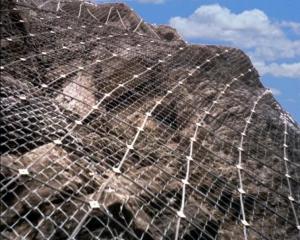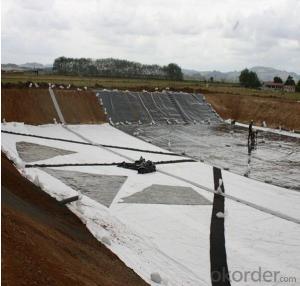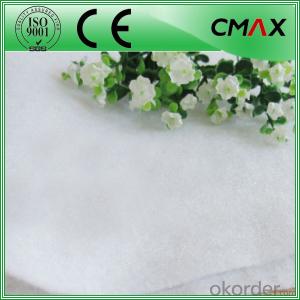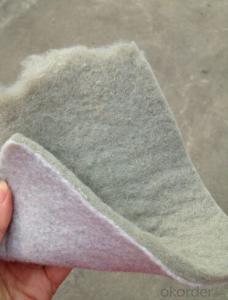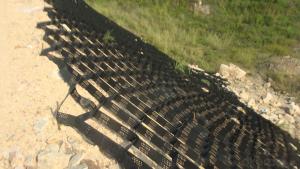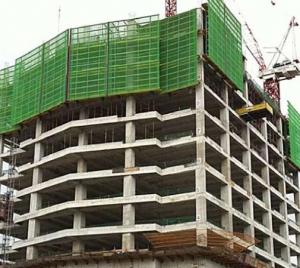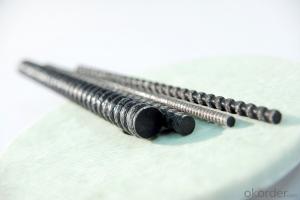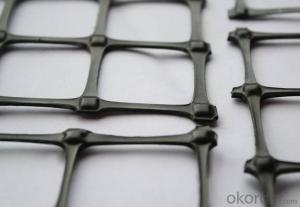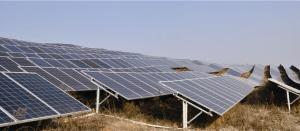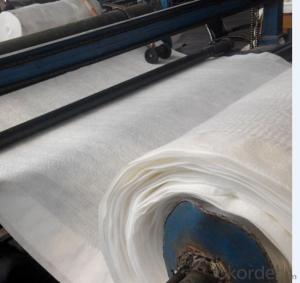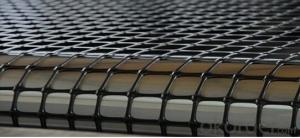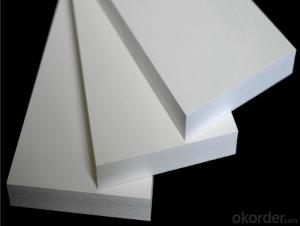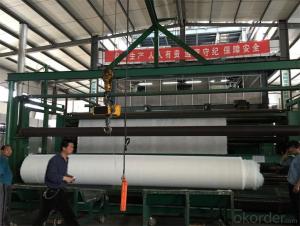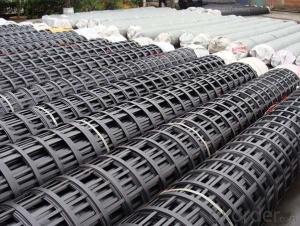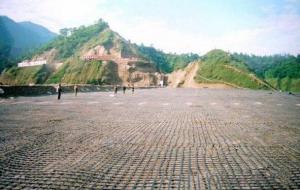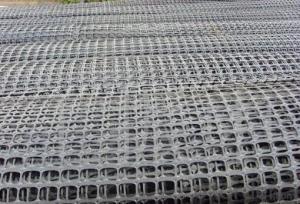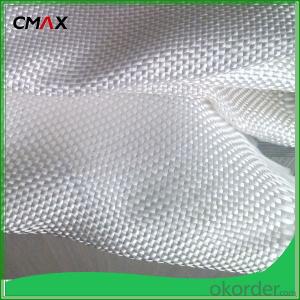Geogrid Slope Protection
Geogrid Slope Protection Related Searches
Led For Cannabis Growing Fiberglass Sheets For Roofing Geogrid For Road Construction Geogrid For Erosion Control Geogrid For Soil Stabilization Geogrid For Horse Paddocks Geogrid For Gravel Geogrid For Pavers Geogrid For Steep Slopes Geogrid For DrivewaysHot Searches
Geogrid Fabric For Sale Geogrid For Sale Near Me Tensar Geogrid For Sale Geogrid For Sale Geogrid China Geogrid Mesh Price Geogrid Fabric Price Geogrid Roll Price Geogrid Price List Tensar Triax 160 Geogrid Price Tensar Ss40 Geogrid Price Tensar Tx160 Geogrid Price Triax Geogrid Price Geogrid Price Tx160 Geogrid Price Geogrid Fabric Home Depot Tensar Type 2 Geogrid Type 2 Geogrid Fiberglass Scaffolding For Sale Fiberglass Panels For SaleGeogrid Slope Protection Supplier & Manufacturer from China
Okorder.com is a professional Geogrid Slope Protection supplier & manufacturer, offers integrated one-stop services including real-time quoting and online cargo tracking. We are funded by CNBM Group, a Fortune 500 enterprise and the largest Geogrid Slope Protection firm in China.Hot Products
FAQ
- The maintenance requirements for geogrid-reinforced structures typically involve regular inspections to check for any signs of damage or degradation. This includes assessing the condition of the geogrid, ensuring proper connection between the geogrid and the surrounding materials, and monitoring any settlement or movement of the structure. Additionally, vegetation management is important to prevent root intrusion which can compromise the integrity of the geogrid. Regular cleaning and clearing of debris is also necessary to maintain the functionality and lifespan of geogrid-reinforced structures.
- Yes, geogrids can be used in the reinforcement of bridge abutments and wing walls. Geogrids are commonly used in civil engineering projects to provide stability and increase the load-bearing capacity of soil. By placing geogrids in the backfill soil behind bridge abutments and wing walls, they can help distribute the loads and prevent soil erosion. This reinforcement technique improves the overall structural integrity of the bridge and enhances its long-term performance.
- Yes, geogrids can be used in shoreline protection applications. Geogrids are commonly used to stabilize soil and prevent erosion, making them an effective solution for protecting shorelines from wave action and water currents. They can be installed in various configurations, such as beneath riprap or as a reinforcement layer for soil, to enhance the stability and longevity of shoreline protection measures.
- Yes, geogrids can be used in temporary retaining structures. Geogrids are commonly used in retaining walls and slopes to provide reinforcement and stability. They help distribute the load, prevent soil erosion, and enhance the overall strength of the structure. Therefore, they can be an effective solution for temporary retaining structures as well.
- The long-term effects of using geogrids include improved soil stability and increased load-bearing capacity, reduced soil erosion and sedimentation, enhanced pavement performance, and prolonged lifespan of infrastructure projects. Additionally, geogrids can contribute to cost savings through reduced maintenance and repair needs.
- Geogrid GSZ 100 50/PP what does it mean
- 100/50 is vertical and horizontal, a 100KN is a 50KN means, is a special model,
- Yes, geogrids can be used in load transfer platforms. Geogrids are commonly used in civil engineering applications to reinforce soil and enhance load-bearing capacity. They are effective in distributing the load over a wider area and reducing the stress on the underlying soil. This makes them suitable for load transfer platforms where heavy loads need to be supported and evenly distributed to prevent soil settlement and failure.
- The effect of junction strength on geogrid performance is significant. A stronger junction ensures better interlocking and connection between the geogrid's components, leading to enhanced load distribution and resistance against installation stress and long-term deformation. It allows the geogrid to effectively restrain and stabilize the soil, improving overall geotechnical performance and longevity.



